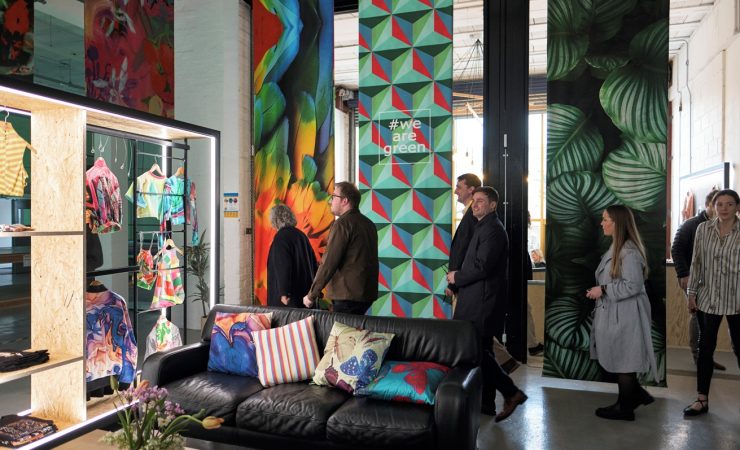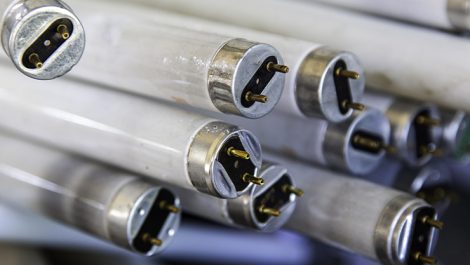In this, her latest blog, Laurel Brunner examines Kornit Digital’s efforts to revolutionise the fashion industry…
Digital textile production technology developers Kornit Digital recently published its 2020 Impact and Environmental, Social, and Governance (“ESG”) Report. It finds that the fashion business overproduces by about 30% and is responsible for 20% of global waste water per year. This makes the fashion and textile industries amongst the most polluting on the planet. These numbers are surely unacceptable in this day and age.
The fashion production model is not dissimilar to that of the newspaper industry in the eighties and nineties. Newspaper publishing used to be based on the classic industrial model, whereby economies of scale were used to bring down unit costs. Huge web fed newspaper presses manufacture vast quantities of goods at minimal unit cost. That changed with the advent of the World Wide Web in 1994, so today run lengths and waste are much less. Until online competition for readers forced a change, over production was justified by the bedrock of the newspaper publishing business model: advertising income. A highly lucrative operation justified excess printing and waste. Today’s fashion and textile industries follow a similar scale-based model, and the serendipity of fast-moving and often unpredictable fashion trends is used to justify overproduction. This must change.
Proponents of digital printing for textile production are confident that the on demand model, combined with advanced printing technology, can do to textile production what it did to the newspaper industry. It could totally reshape it, so the idea of on demand fashion production is gaining traction.
On the plus side, online based on demand fulfillment for clothes should mean that fewer unwanted garments are produced. Couple the model with an online second-hand marketplace and things start to look very compelling, particularly for the planet’s sustainability. Digital textile printing cuts water use by 95% and energy use by 94%. According to Kornit, their systems can cut greenhouse gas (GHG) emissions by 82%. The company expects to produce some 2.5 billion “apparel items” by 2026, with zero overproduction. The Kornit report estimates that direct digital production will save 4.3 trillion litres of water per year. If all goes to plan, 17.2 billion kilograms of GHG emissions will also have been saved.
The savings in water come from the transition to printing inks away from dying and the various processes associated with it to produce fabric. The graphics industry is already well on the case when it comes to the environmental accountability of materials used for print production. Add to the mix the reduction in shipping emissions associated with moving textiles and clothing around the globe, and a move to on demand digital fashion all looks very positive. It also has the attraction of making clothing production much more accessible for small businesses keen to offer services to their local economies.
But, and there is always a but, weaning consumers away from the traditional fashion fulfillment model will not be easy or quick. The speed of digital printing needs to be much higher to deliver volume, especially on fabrics such as linen and silk in different weights. There is also the entrenched business to contend with. But upending interests with longstanding analogue traditions might be easier than anticipated. It will come down to a confluence of different opportunities: business model, design and creativity, technology and most important of all, consumer support.
– Laurel Brunner
This article was produced by the Verdigris Project, an industry initiative intended to raise awareness of print’s positive environmental impact. This weekly commentary helps printing companies keep up to date with environmental standards, and how environmentally friendly business management can help improve their bottom lines. Verdigris is supported by the following companies: Agfa Graphics, EFI, Fespa, Fujifilm, HP, Kodak, Miraclon, RicohSplash PR, Unity Publishing and Xeikon.
Please also include the Verdigris logo and a link to this website. If you don’t already have our logos, you can get them by downloading the “Publishers Bundle” from our Archive page. And don’t forget terms of the Creative Commons license at the footer of the site. Enjoy!





